Introduction

Energy-efficient driving is a practice that aims to maximize fuel economy by adopting specific driving techniques and making conscious choices to reduce fuel consumption. In this article, we will explore the importance of energy-efficient driving and provide 10 tips to help you master this art. By implementing these strategies, you can not only save money on fuel but also contribute to a cleaner and more sustainable environment.
Overview of energy-efficient driving

Energy-efficient driving refers to the practice of adopting specific driving techniques and making conscious choices to maximize fuel economy. By implementing strategies such as planning efficient routes, maintaining optimal tire pressure, and avoiding aggressive driving, drivers can reduce fuel consumption and contribute to a more sustainable environment.
Why maximizing fuel economy is important

Maximizing fuel economy is crucial for several reasons. It reduces fuel consumption, saving drivers money on fuel expenses. Additionally, it decreases greenhouse gas emissions and contributes to a cleaner environment. Conserving fuel also enhances energy security and reduces dependence on fossil fuels.
Plan Ahead and Optimize Route
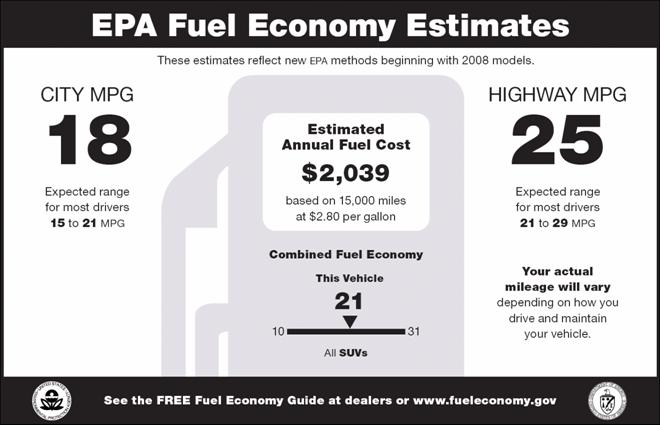
Planning your trips efficiently can contribute to maximizing fuel economy. By taking the time to plan ahead and optimize your route, you can avoid unnecessary stops, traffic congestion, and excessive mileage, all of which can impact fuel efficiency. Utilizing GPS or navigation systems can also help you find the most direct and fuel-efficient routes to your destination.
Planning your trips efficiently
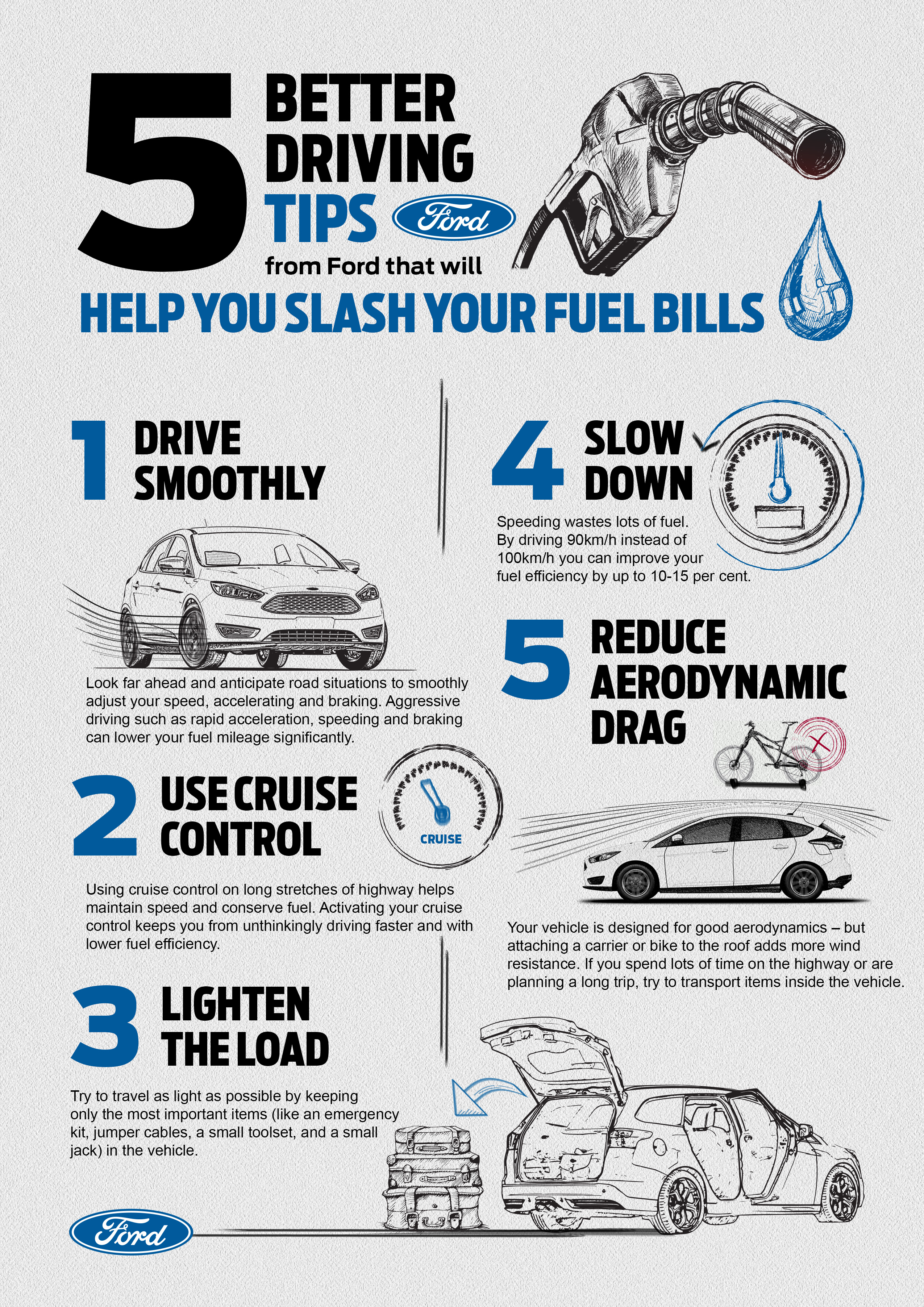
Planning your trips efficiently can greatly contribute to maximizing fuel economy. By taking the time to plan ahead and optimize your route, you can avoid unnecessary stops, traffic congestion, and excessive mileage, all of which can have a negative impact on your fuel efficiency. Utilizing GPS or navigation systems can also help you find the most direct and fuel-efficient routes to your destination, saving you both time and fuel.
Utilizing GPS or navigation systems
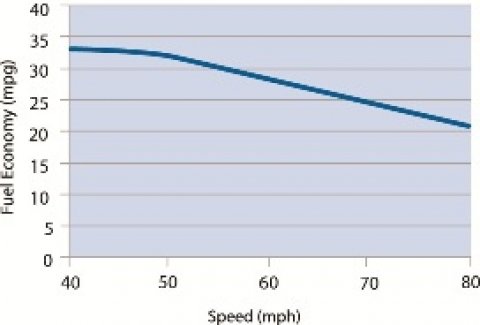
Utilizing GPS or navigation systems can greatly help in maximizing fuel economy by finding the most efficient routes. These systems provide real-time traffic information and can guide drivers to avoid congestion and take the shortest and most fuel-efficient paths, saving both time and fuel.
Smooth Acceleration and Braking

Smooth acceleration and braking techniques can significantly improve fuel economy. Aggressive driving, such as rapid acceleration and hard braking, leads to excessive fuel consumption. By adopting a more gradual and gentle approach, drivers can conserve fuel and reduce wear on the vehicle's components. Gradually increasing speed and anticipating stops can help maintain a smooth driving experience.
The impact of aggressive driving

Aggressive driving, such as rapid acceleration and hard braking, leads to excessive fuel consumption and increased wear on the vehicle's components. It can reduce fuel economy by up to 40% on the highway and 10% in urban areas, making it essential to adopt smoother acceleration and braking techniques.
Techniques for smooth acceleration and braking

To achieve smooth acceleration, drivers should gradually press the accelerator pedal instead of aggressively stomping on it. When it comes to braking, gently applying pressure and allowing ample stopping distance can help avoid sudden stops and excessive wear on the vehicle's braking system. By mastering these techniques, drivers can improve fuel efficiency and reduce the risk of accidents.
Maintain Optimal Tire Pressure and Perform Regular Maintenance
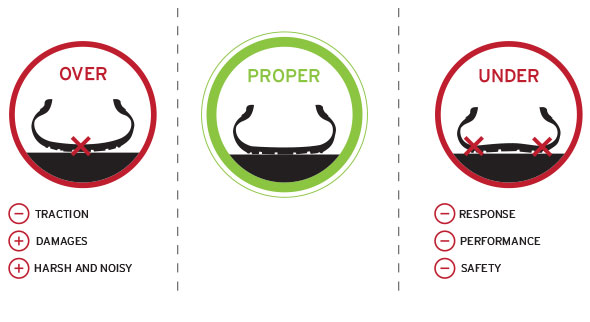
Maintaining optimal tire pressure and performing regular maintenance are essential for maximizing fuel economy. Proper tire pressure ensures better traction and reduces rolling resistance, while regular maintenance, such as oil changes and air filter replacements, keeps the vehicle running efficiently.
The importance of proper tire pressure

Maintaining proper tire pressure is crucial for maximizing fuel efficiency. Underinflated tires increase rolling resistance, which leads to decreased fuel economy. On the other hand, overinflated tires can result in reduced traction and a shorter tire lifespan. Regularly checking and maintaining optimal tire pressure ensures better fuel economy and safety on the road.
Routine maintenance tips for fuel efficiency

Regular maintenance is essential for maximizing fuel efficiency. This includes regular oil changes, replacing air filters, and keeping tires properly inflated. Routine maintenance ensures that the engine runs smoothly and reduces the strain on the vehicle, resulting in better fuel economy.
Limit Excessive Idling and Reduce Drag

Excessive idling can significantly impact fuel consumption. It is important to avoid unnecessary idling by turning off the engine when parked. Additionally, reducing drag and wind resistance by closing windows and removing roof racks can improve fuel efficiency.
The effects of idling on fuel consumption
Excessive idling has a significant impact on fuel consumption. When a vehicle is idling, it is burning fuel without actually moving, resulting in wasted energy and decreased fuel efficiency. It is important to avoid unnecessary idling to maximize fuel economy and reduce fuel costs.
Tips for reducing drag and wind resistance

- Keep windows closed when driving at higher speeds to minimize drag.
- Remove roof racks or any unnecessary external attachments that create additional resistance.
- Maintain a clean vehicle by regularly washing and removing any dirt, snow, or ice buildup that can affect aerodynamics.
- Avoid using oversized or aftermarket accessories that can disrupt the smooth airflow around the vehicle.
- Reduce the use of aftermarket modifications such as spoilers or wide tires that can increase drag.
- Maintain proper alignment and balance of your vehicle's wheels to minimize drag.
- Be mindful of how you load items on your vehicle, ensuring they are secure and do not create additional drag.
- Consider investing in aerodynamic enhancements, such as air deflectors or fairings, to further reduce wind resistance.
- Drive behind larger vehicles, such as trucks, to take advantage of the aerodynamic benefits of their slipstream.
- Use low rolling resistance tires that are specifically designed to reduce drag and improve fuel efficiency.
Utilize Cruise Control and Avoid Overpacking

Utilizing cruise control can help maintain a consistent speed, improving fuel efficiency. Avoid overpacking your vehicle as extra weight increases fuel consumption. Plan ahead and pack only what is necessary to lighten the load and save on fuel costs.
Benefits of using cruise control

Using cruise control can have several benefits for maximizing fuel economy. It helps maintain a consistent speed, which reduces unnecessary acceleration and deceleration. This not only saves fuel but also promotes a smoother and more efficient driving experience for the driver. By utilizing cruise control, drivers can also avoid unintentionally speeding, which can lead to increased fuel consumption. Overall, cruise control is a valuable tool for improving fuel efficiency and reducing fuel costs.
How overpacking affects fuel efficiency

Overpacking your vehicle can significantly impact fuel efficiency. The extra weight creates a greater load on the engine, requiring more fuel to maintain speed. By packing light and only carrying essentials, drivers can improve fuel economy and reduce their overall carbon footprint.
Drive at a Consistent Speed and Avoid Speeding

Consistently driving at a moderate speed can significantly improve fuel efficiency. Speeding and quick acceleration consume more fuel, so it is important to maintain a steady pace. Drivers can conserve fuel by obeying speed limits and avoiding unnecessary acceleration and deceleration.
The impact of speed on fuel economy

Driving at high speeds can have a significant negative impact on fuel economy. Studies have shown that fuel efficiency decreases exponentially as speed increases. By maintaining a consistent speed and avoiding speeding, drivers can conserve fuel and maximize their fuel economy.
Tips for maintaining a consistent speed

- Use cruise control: Utilize your vehicle's cruise control feature to maintain a steady speed on highways and long stretches of road.
- Anticipate and adjust: Look ahead and anticipate traffic conditions, adjusting your speed accordingly to avoid sudden accelerations or braking.
- Utilize your gears: Shift into higher gears when appropriate to help maintain a consistent speed and reduce unnecessary fuel consumption.
- Avoid unnecessary lane changes: Stick to one lane when possible, as frequent lane changes can lead to fluctuations in speed and lower fuel efficiency.
- Keep a safe distance: Maintain a safe distance from the vehicle ahead to avoid sudden braking, which can disrupt your speed and waste fuel.
- Minimize stops: When driving in urban areas, plan your route to minimize the number of stops and traffic lights, allowing you to maintain a more consistent speed.
- Monitor your speedometer: Regularly check your speedometer to ensure you are staying within the desired range, especially during long drives.
- Smooth driving techniques: Practice smooth acceleration and braking to avoid unnecessary speed fluctuations and maintain a steady pace.
- Take advantage of traffic flow: If traffic is moving at a consistent speed, try to blend in and maintain the flow, as sudden speed changes can waste fuel.
- Drive defensively: Stay alert and aware of your surroundings, anticipating the actions of other drivers and adjusting your speed accordingly to maintain a smooth and consistent drive.
Use Air Conditioning Judiciously and Lighten Your Load

To maximize fuel economy, it's important to use air conditioning judiciously and lighten your load. Excessive use of air conditioning can significantly impact fuel efficiency. Additionally, removing unnecessary items from your vehicle can reduce weight and improve fuel consumption.
Managing air conditioning usage
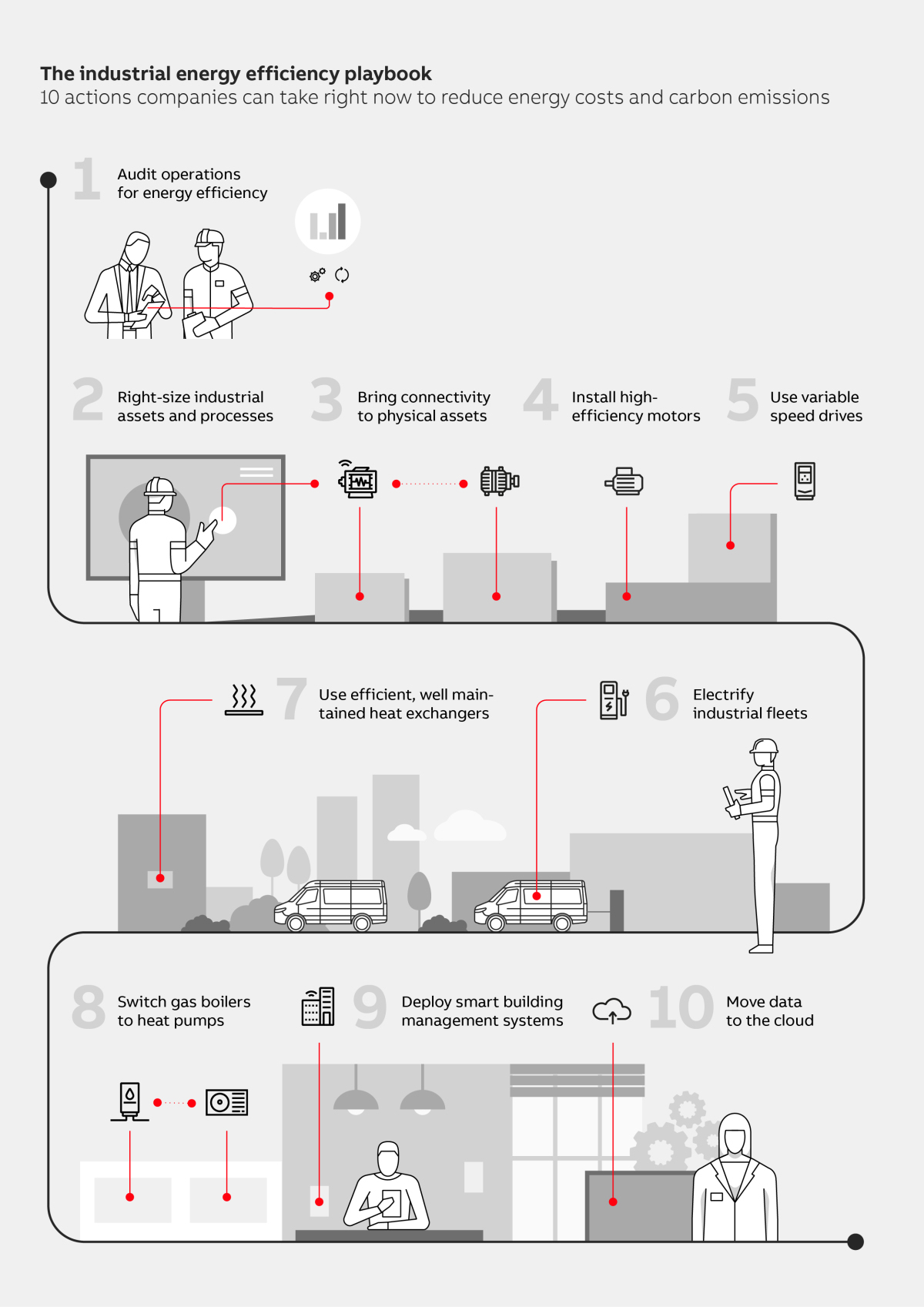
To optimize fuel economy, it is important to manage air conditioning usage judiciously. Turning off the air conditioning when it is not necessary can significantly improve fuel efficiency. Drivers should also consider using the vehicle's ventilation system instead of the air conditioning to reduce fuel consumption.
Tips for reducing excess weight in your vehicle

- Remove unnecessary items from your vehicle, such as sports equipment and tools, to reduce weight and improve fuel efficiency.
- Avoid using your car as a storage space for heavy items that are not needed for your trip.
- Consider using lightweight materials for car accessories and modifications.
- Regularly clean out your vehicle to eliminate any unnecessary clutter that adds weight.
- If you have a roof rack, remove it when not in use to reduce wind resistance and save fuel.
Consider Alternative Transportation Methods

Exploring alternative transportation methods is another effective way to maximize fuel economy. By considering options such as carpooling or using public transportation, individuals can reduce the number of vehicles on the road, decrease traffic congestion, and ultimately contribute to a greener environment. Additionally, alternative transportation methods can save individuals money on fuel and parking costs. Carpooling with colleagues or friends not only reduces fuel consumption but also promotes community bonding and reduces the carbon footprint. Public transportation systems, such as buses or trains, are designed to be more fuel-efficient than individual vehicles and can offer a convenient and cost-effective way to get around. By embracing alternative transportation methods, individuals can enjoy the benefits of fuel economy while also making a positive impact on the environment.
Exploring alternative transportation options

Exploring alternative transportation options involves considering carpooling, public transportation, and other methods to reduce the number of vehicles on the road, decrease traffic congestion, and promote a greener environment. It can also save individuals money on fuel and parking costs.
The benefits of carpooling and public transportation

Carpooling and public transportation offer numerous benefits. They reduce the number of vehicles on the road, easing traffic congestion and improving air quality. They also help save money on fuel and parking costs, while promoting a sense of community and reducing stress associated with driving.
Conclusion

In conclusion, mastering the art of energy-efficient driving is crucial for maximum fuel economy. Following these tips can save money, reduce emissions, and contribute to a sustainable future. Implementing these strategies will not only benefit individuals but also have a positive impact on the environment.
Recap of energy-efficient driving tips

To recap, here are the key energy-efficient driving tips to maximize fuel economy:
- Plan ahead and optimize your route to minimize unnecessary miles and congestion.
- Practice smooth acceleration and braking techniques to avoid aggressive driving.
- Maintain optimal tire pressure and perform regular vehicle maintenance.
- Limit excessive idling and reduce drag by avoiding open windows and roof racks.
- Utilize cruise control when appropriate and avoid overpacking your vehicle.
- Drive at a consistent speed and avoid speeding to optimize fuel efficiency.
- Use air conditioning judiciously and lighten your vehicle's load.
- Consider alternative transportation methods such as carpooling or public transportation to reduce individual fuel consumption.
By implementing these tips, individuals can contribute to fuel economy, reduce emissions, and save money in the long run.
The long-term benefits of fuel economy

By practicing energy-efficient driving and maximizing fuel economy, individuals can enjoy long-term benefits such as savings on fuel costs, reduced carbon emissions, and a lower environmental impact. Additionally, efficient driving habits contribute to the overall sustainability and conservation of natural resources.